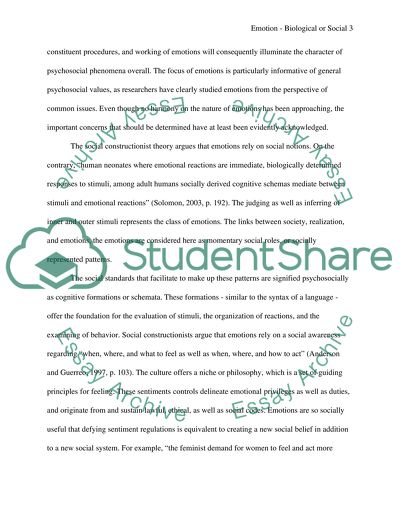Cite this document
(“Emotion - Biological or Social Essay Example | Topics and Well Written Essays - 1500 words”, n.d.)
Retrieved from https://studentshare.org/psychology/1444700-some-theorists-suggest-that-emotion-is-primarily
Retrieved from https://studentshare.org/psychology/1444700-some-theorists-suggest-that-emotion-is-primarily
(Emotion - Biological or Social Essay Example | Topics and Well Written Essays - 1500 Words)
https://studentshare.org/psychology/1444700-some-theorists-suggest-that-emotion-is-primarily.
https://studentshare.org/psychology/1444700-some-theorists-suggest-that-emotion-is-primarily.
“Emotion - Biological or Social Essay Example | Topics and Well Written Essays - 1500 Words”, n.d. https://studentshare.org/psychology/1444700-some-theorists-suggest-that-emotion-is-primarily.


